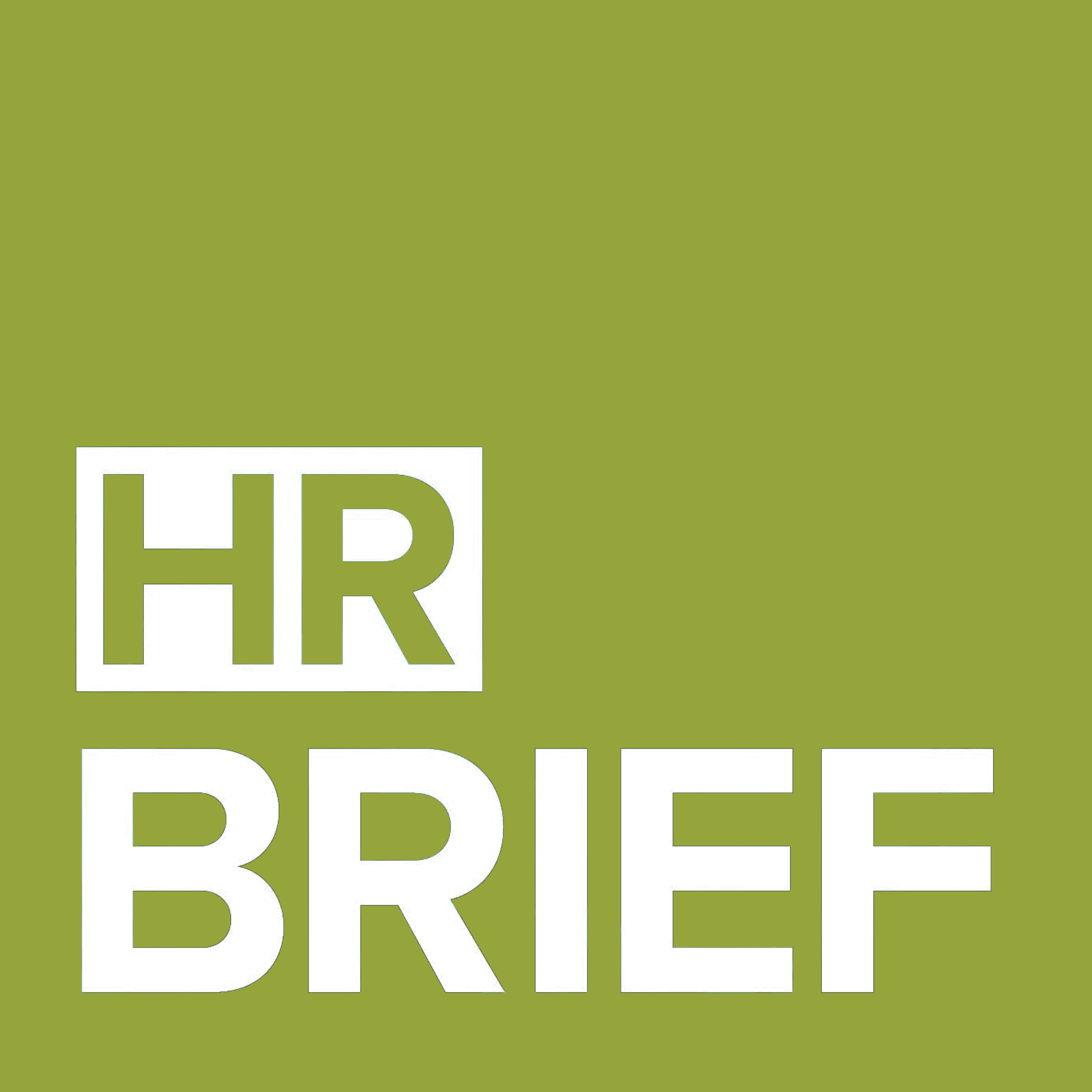
This month’s HR Brief newsletter discusses the new Form W-4 and the DOL’s regular rate of pay rules.
Download the full version of this HR Brief
A New Year, a New Form W-4
The IRS released an updated version of its Form W-4, also known as the “Employee’s Withholding Certificate.”
Employers use IRS Form W-4 to determine each employee’s federal tax withholdings. The new form is intended to harmonize tax withholding declarations with the Tax Cuts and Jobs Act, which affected individuals for the first time during the last tax filing season.
Employees may complete a new W-4 each year or each time they experience a change in their personal financial situation. However, the new form does not invalidate prior versions, and employers are not expected to replace W-4 forms from previous years with the 2020 version.
Highlights of the New Form
- The new form will prompt employees to declare whether they have multiple sources of income (e.g., two jobs or two-earner households).
- New employees who fail to submit a Form W-4 after 2019 will be treated as single filers with no other adjustments.
- The new form uses a five-step process. Only steps one and five are mandatory.
Employer Takeaway
Employers should become familiar with the updates to IRS Form W-4 and make it available for all new hires and employees who wish to amend their withholding declarations in 2020.
Please note that employers are not required to update W-4 forms that were completed and filed on or before 2019.
DOL Updates Regular Rate of Pay Rules
The U.S. Department of Labor (DOL), announced a new final rule that clarifies how to calculate an employee’s regular wage rate under the Fair Labor Standards Act (FLSA). The final rule became effective on Jan. 15, 2020.
Calculating the regular rate is an essential first step when determining an employee’s overtime compensation.
Under the FLSA, an employee’s regular rate includes all forms of compensation paid to that employee in a workweek. The final rule clarifies what qualifies as compensation.
The DOL’s stated objective with this rule is to provide more certainty for employers that offer additional perks to their employees, but aren’t sure of whether these benefits should be counted as income under the FLSA.
New Rule at a Glance
- The last updates to the regular rate calculation instructions were made over 60 years ago.
- The final rule accounts for newer forms of employee compensation and benefits.
- The final rule eliminates the “infrequent and sporadic” requirement to exclude call-back pay from the regular rate.
Employer Takeaway
Employers should become familiar with this final rule and adjust their payroll practices to account for this new guidance on what should be considered compensation.

The Health Benefits of Walking
By boosting physical fitness and enhancing mental well-being, incorporating regular walks into your routine can

Nip Seasonal Allergies in the Bud
The Centers for Disease Control and Prevention reports that one-quarter (25.7%) of adults suffer from

Navigating the Roadmap to a Better Renewal
Trucking companies are navigating complex challenges, prompting a proactive approach to reduce costs and secure
